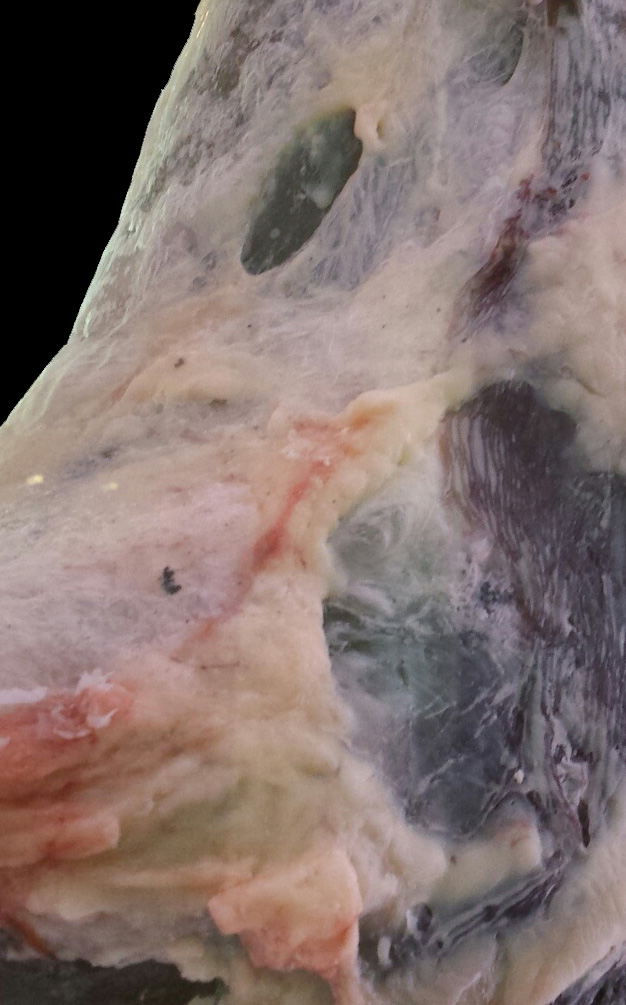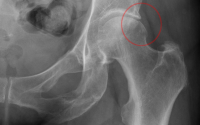Evidence of a new hidden neural network into deep fasciae

For many years fascia was considered an inert tissue, which wraps and gives mechanical support to muscles and other organs. Now it is recognized that different fasciae have different types of nerve innervation. However little is known about the specific innervation on the two types of deep fascia: aponeurotic and epymisial fascia.
The aponeurotic and epimysial, have different functions and mechanical properties. The aponeurotic fascia envelops various muscles and keeps in place and connects them. In contrast, the epymisial fascia is specific for each muscle and strongly connected with them, defining their form and volume.
Cristina Fede and colleagues from the University of Padova analysed the aponeurotic thoracolumbar fascia and the epymisial gluteal fascia of seven adult C57-BL mice using Transmission Electron Microscopy and immunohistochemistry.
The results showed that the fascial tissue is pervaded by a rhomboid and dense network of nerves. The innervation was lower in the gluteal fascia compared to the thoracolumbar fascia. Both fasciae revealed the same density of autonomic nerve fibers (0.08%). However, corpuscles were not found in thoracolumbar fascia.
Based on these results, the authors suggested that the two fasciae have different proprioception and pain perception roles.
The free nerve endings inside the thoracolumbar fascia may function as proprioceptors, regulating the tensions coming from associated muscles and having a role in nonspecific low back pain.
The epymisial fasciae work more to coordinate the actions of the various motor units present in the underlying muscle, rather than just regulating the tensions as the TLF.
https://www.nature.com/articles/s41598-021-92194-z

